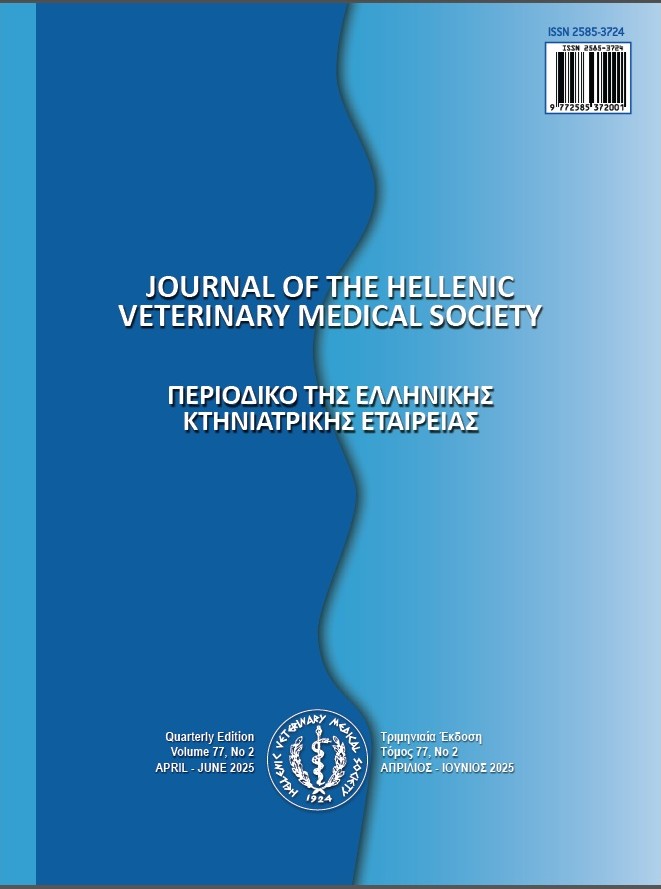Biochemical and microbiological characteristics of industrial Tsalafouti cheese industrial Tsalafouti cheese

Abstract
Tsalafouti is a white cheese with mild sour, acidic taste. Its spreadable texture has no gas holdings. In the present work, Tsalafouti cheese was industrially manufactured and its biochemical, organoleptic and microbiological characteristics were investigated. At 30 days of storage, the mean pH was 4.05 and moisture content was 68.06%, fat 14.9%, fat-in-dry matter 46.52%, salt 1.55%, ash 2.4%, and proteins 10.92%. Level of proteolysis remained stable during storage. The volatile compounds 3 methyl butanol, acetoin, ethanol, acetone, were found in high levels on day 30. During the organoleptic evaluation Tsalafouti was very much appreciated until day 45. Total viable counts enumerated on skim-milk containing media at 37oC remained constant within 7.5-8.0 log CFU/g from day 15 to day 90 of storage of the industrially ripened cheese. However, typical mesophilic lactic acid bacteria (LAB) increased to 8.1-8.5 log CFU/g and predominated the technological biota, whereas typical thermophilic LAB, inclusive of enterococci, remained subdominant by 1-3 log units throughout storage. Yeasts were beneficial for the sensory quality of industrial Tsalafouti from day 30 to 45 when their counts were below 6-7 log CFU/g; however, yeasts turned to be the primary spoilage agents after their counts increased to 7.5 log CFU/g with prolonged storage (day 60 to 90). All industrial cheese samples were microbiologically safe as due to their low pH (3.85 to 4.13). These data could be useful for the better recognition of traditional Greek Tsalafouti cheese.
Article Details
- How to Cite
-
Pappa, E., Kondyli, E., Samelis, J., Malamou, E., Kakouri, A., & Vlachou, A. (2023). Biochemical and microbiological characteristics of industrial Tsalafouti cheese: industrial Tsalafouti cheese. Journal of the Hellenic Veterinary Medical Society, 74(3), 6029–6038. https://doi.org/10.12681/jhvms.30719
- Issue
- Vol. 74 No. 3 (2023)
- Section
- Research Articles

This work is licensed under a Creative Commons Attribution-NonCommercial 4.0 International License.
Authors who publish with this journal agree to the following terms:
· Authors retain copyright and grant the journal right of first publication with the work simultaneously licensed under a Creative Commons Attribution Non-Commercial License that allows others to share the work with an acknowledgement of the work's authorship and initial publication in this journal.
· Authors are able to enter into separate, additional contractual arrangements for the non-exclusive distribution of the journal's published version of the work (e.g. post it to an institutional repository or publish it in a book), with an acknowledgement of its initial publication in this journal.
· Authors are permitted and encouraged to post their work online (preferably in institutional repositories or on their website) prior to and during the submission process, as it can lead to productive exchanges, as well as earlier and greater citation of published work.



